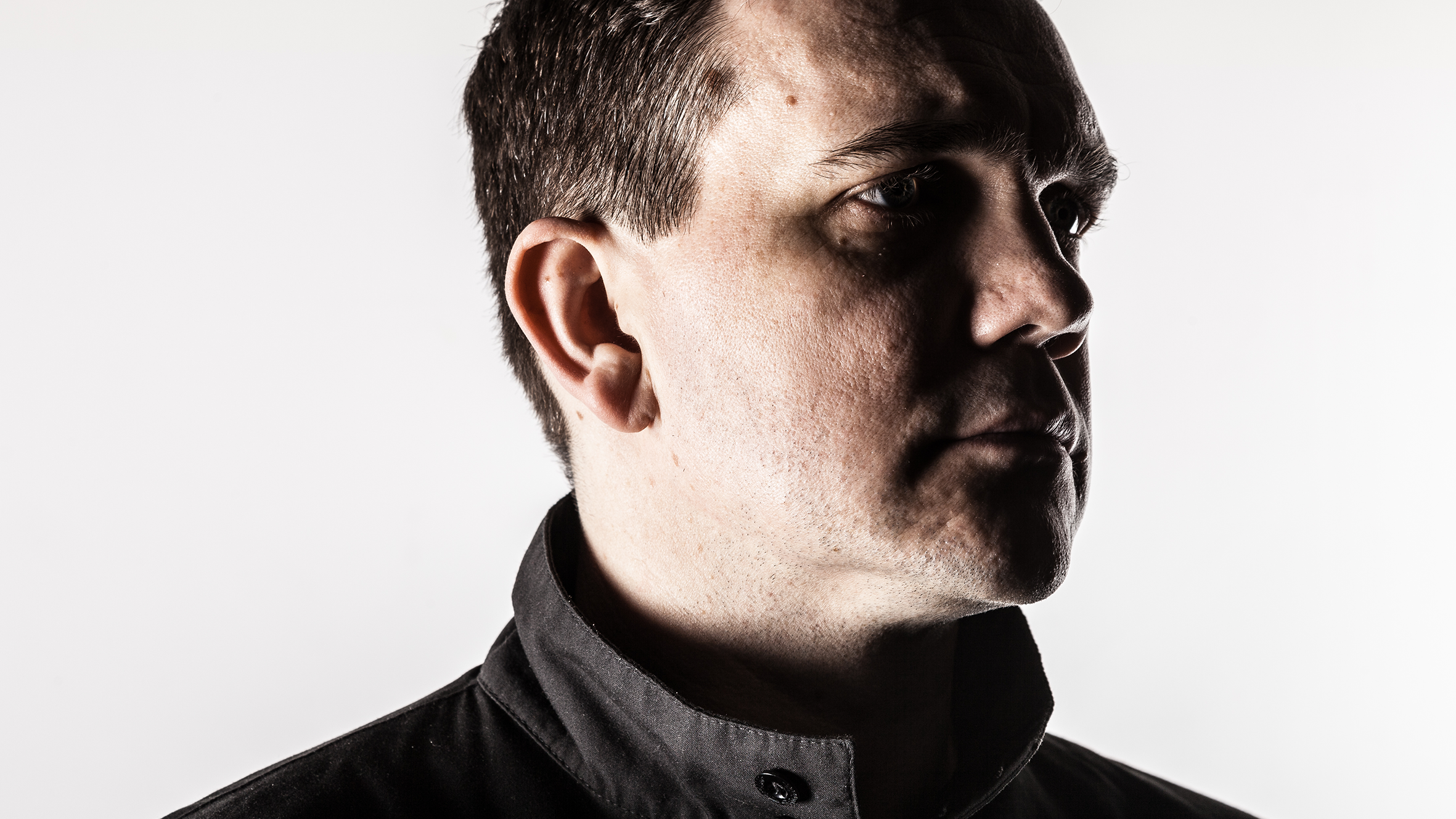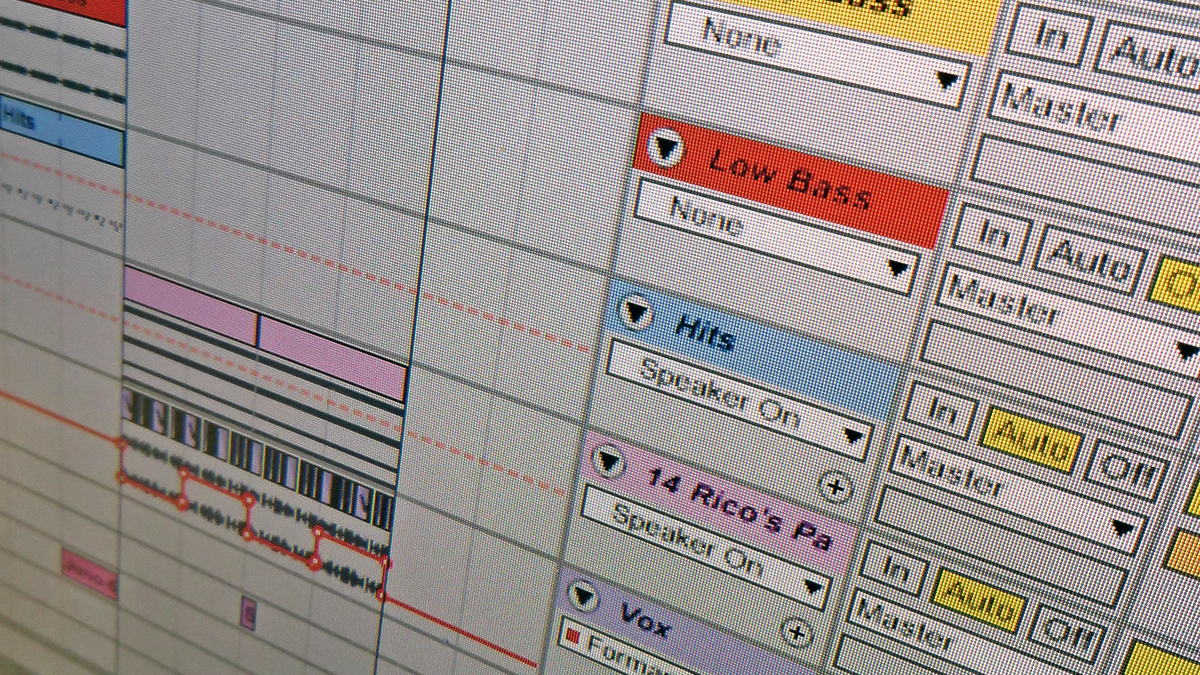Emily Nash: "When I started producing I didn’t think I’d get very far with just Logic Pro on my laptop and a tiny MIDI keyboard. I realise now that's really all I need"
The swiftly rising house producer and DJ drops 5 essential things she's learned about music production

Not many people can say they've dropped a single on UK dance institution and record label Ministry of Sound before they've even hit 21 - but Emily Nash can. At only 20 years old, this Worcestershire-born DJ and producer has already received airplay on Radio 1, Capital and Kiss, remixed Little Mix and Navos, and performed at Creamfields and Leeds Festival.
Her latest single, Garden, was produced in a modest home studio using just a MacBook, a basic MIDI keyboard and a handful of plugins, proving that if you've got enough talent and some big ideas, it's more than possible to create warehouse-sized tracks with an inexpensive bedroom set-up. We caught up with Emily to hear about her new release, and she gifted us with five essential things she's learned so far in music production.
When did you start making music and how did you first get started?
“I first started making music when I unfortunately didn’t manage to get a high enough maths GCSE. The school told me I wouldn’t be able to get into sixth form, so I went down to my local college and they asked what I enjoyed. I said music, and they put me in a music production class, and I loved it ever since. Shortly after my dad bought me Logic Pro X and I was making tunes every night - I never stopped!”
Tell us about your studio/set-up.
“I use Logic Pro X and I literally just have a small bedroom studio. I have a Akai Mini MPK and a MacBook. I really like it because it’s just simple, and nothing can really go wrong. I’ve got to grips with how everything works and it’s simple.”
What DAW do you use?
Get the MusicRadar Newsletter
Want all the hottest music and gear news, reviews, deals, features and more, direct to your inbox? Sign up here.
“I use Logic Pro, this is the DAW that I learned in college. I have looked at Ableton, that was another one that caught my eye but after using the trial it didn’t pull me away from Logic Pro at all. I just love the way Logic Pro works and I’m comfortable and familiar with it, so I think that’s why it would be harder for me to change to another DAW.”
What's the latest addition to your studio?
“My latest addition is a plugin called Little AlterBoy, this allows me to change the pitch of different instruments, I use it especially on vocals. It’s helped a lot. It’s very basic and simple but it does the job you want it to do.”

What dream bit of gear would you love to have in your studio?
“At the moment I have Pioneer speakers but I would love to eventually get some KRK studio monitors. I’ve heard good things about them and I’ve heard them for myself and really like the sound of them.”
When approaching a new track or project, where do you start?
“Normally I love to start with a vocal first and build the track around the vocal. However, If I don’t have a vocal I would usually start with the main melody or bassline and then send the track to vocalists if it needs a vocal.”
What other artists do you look up to for inspiration?
“My biggest inspirations have been Gorgon City, MK, Duke Dumont, John Summit and a few others. Always listened to their music growing up which has inspired me to make my tracks today.”
If you had to pick one track that’s been most influential on your work, what would it be?
“I think I’d have to pick Beauty Sleep by John Summit. My most recent track is “Garden” and when I was producing this track I had John’s track inside my head. So I think that gave some inspiration in terms of the vocal, arps and bass.”
What do you think makes you unique as a producer and musician?
“I don’t think there’s many female dance producers, it’s quite rare, so I think that in itself is a big opener.”
Emily Nash's 5 things I've learned about music production
1. Be patient
“Sometimes it gets to the point where you think nothing is going to happen with your music, and it can be a long waiting game. You just have to be patient, and if it’s something you really want to follow through with, those opportunities will eventually come to you!
"Waiting on labels to reply can take a while and you start to think “they haven’t replied, so they must not like it” - but it’s not always the case. Plus they’ve now seen your name come up in their email, so it’ll be in their head.”
2. You don't need a fancy studio set-up
“When I first started producing I really didn’t think I’d get very far just having Logic Pro X on my laptop and a tiny MIDI keyboard. I now realise these are the two essential items I need. You see loads of fancy studios and studio equipment, and yes it’s lovely to use, and you can experiment and find more sounds, but all you really need is production software and a keyboard, and you’re good to go.
“I have a few plugins that I use and they can help develop the sound you want to achieve as well. I guess some people prefer the studio, with all the real equipment and some people prefer to use plugins. Even without having any plugins, you can still make a banger. I use Logic Pro X and some of the sounds I’ve come across that come with it are super cool.”
3. Find your sound
“Most artists have that “unique” sound, but then many other artists also produce in a wide range of genres. I think it’s definitely good to have your own sound that then reflects back in each track you make. But I also think if you want to throw out a load of different genres, or maybe some tracks that don’t sound like they’ve been produced by the same person, then go for it!
“I released a track called Pressure and have also released a track called Garden - one’s a dance track and the others more of a tech house track. Sometimes it can take time to find your sound as well, if that’s something you’re going for, but over time you will find there’s instruments you use more frequently than others and you will become more familiar with what you want to use to make a track.”
4. Hold on to unfinished work

“I think finishing a track is a big one for a lot of producers. I have so many unfinished tracks lying around and people always say “just finish them” or “don’t leave them lying about”, but sometimes your inspiration for certain tracks can fade away and you do lose ideas.
“However, In a few weeks, months or even years you could go back to that unfinished track idea and make something absolutely incredible. I definitely think it’s good to keep any unfinished tracks you’ve made even if it’s literally just a basic bassline, at least you then have it for the future to come back to and work on.”
5. Use YouTube
“I went to college for two years to study music production, and yes - I learnt many things to help get me to this position. However they can only teach you so much. When I left college there were things I still needed to know, and the only place I thought to look was YouTube.
"I found that YouTube helped massively, there’s so many videos out there for all sorts of different things, and if you’re looking for an answer it’s most likely going to be on there.
“There was a sound I wanted to achieve one day and I had no idea where to start, but after a few minutes searching and watching a 10-minute video I found that I’d learnt how to make that sound - it’s a great feeling. You feel more comfortable and things come more naturally. So even if you’ve been at college or university for a few years, don’t feel ashamed to look on YouTube for extra advice and tips.”
Emily Nash's latest single, Garden, is out now on Ministry of Sound.



I'm MusicRadar's Tech Editor, working across everything from product news and gear-focused features to artist interviews and tech tutorials. I love electronic music and I'm perpetually fascinated by the tools we use to make it. When I'm not behind my laptop keyboard, you'll probably find me behind a MIDI keyboard, carefully crafting the beginnings of another project that I'll ultimately abandon to the creative graveyard that is my overstuffed hard drive.









